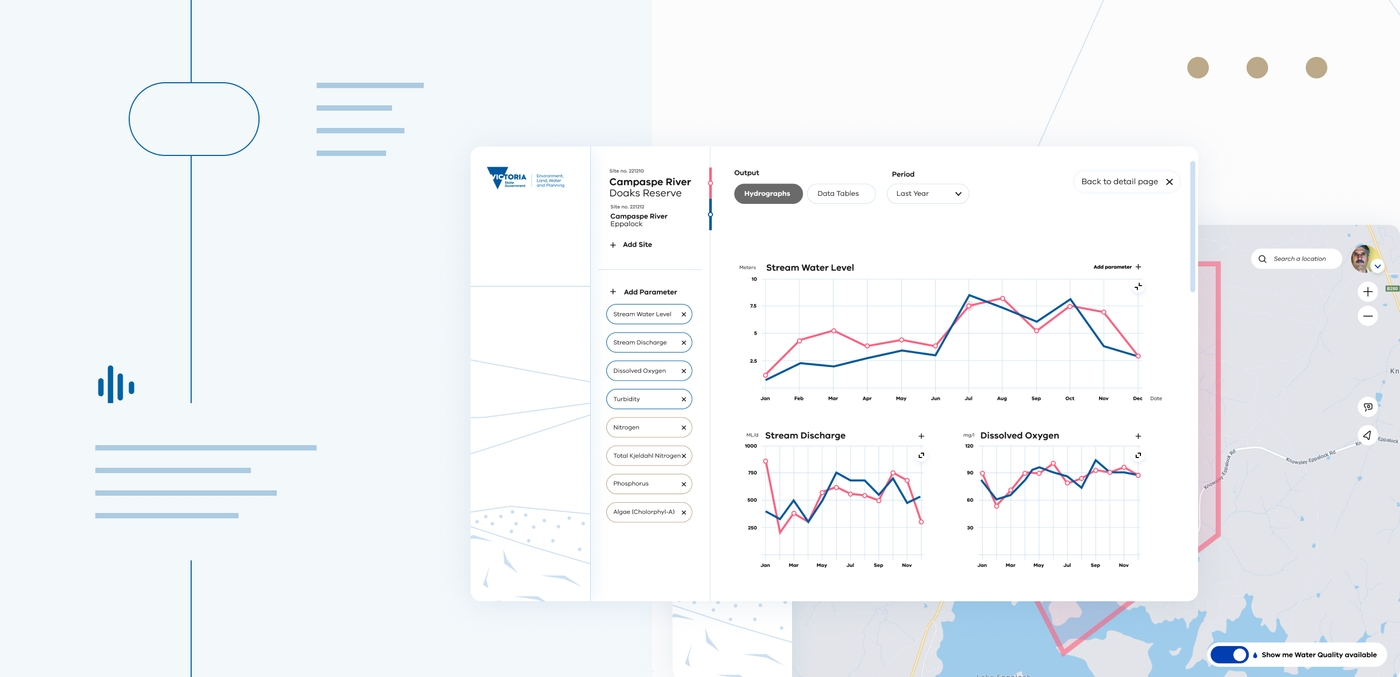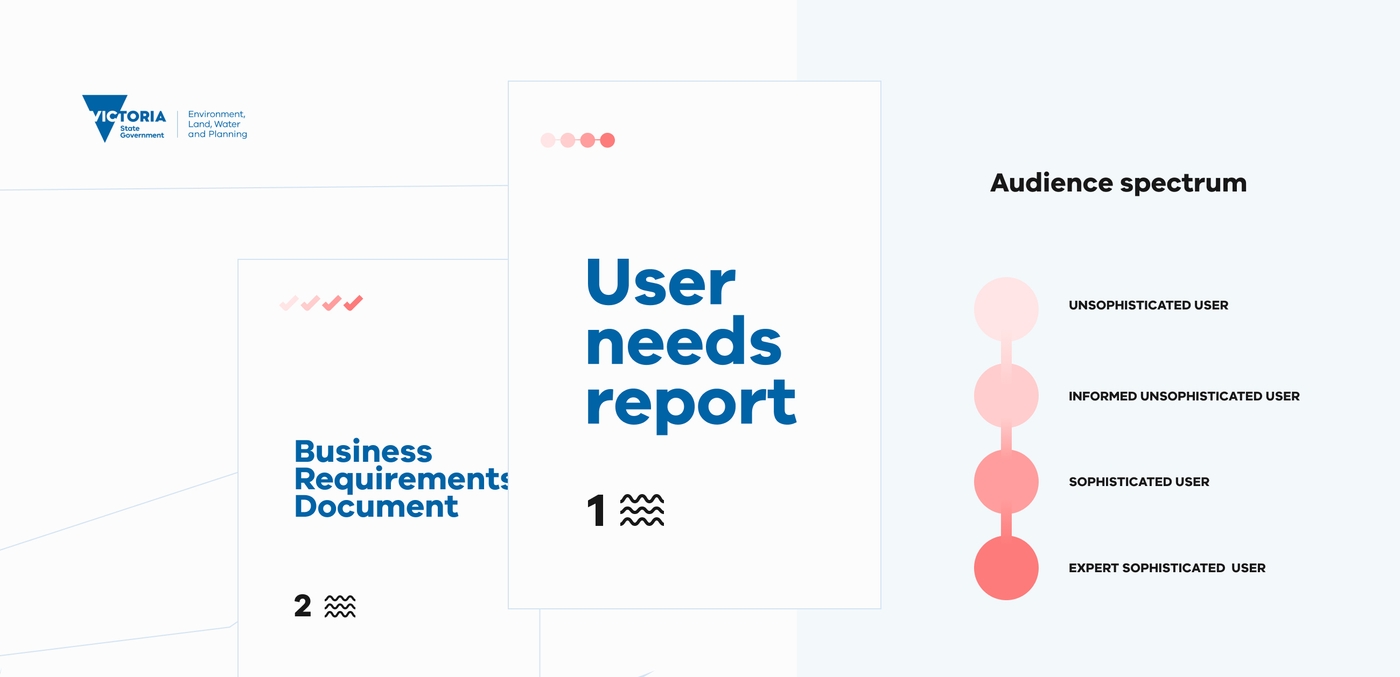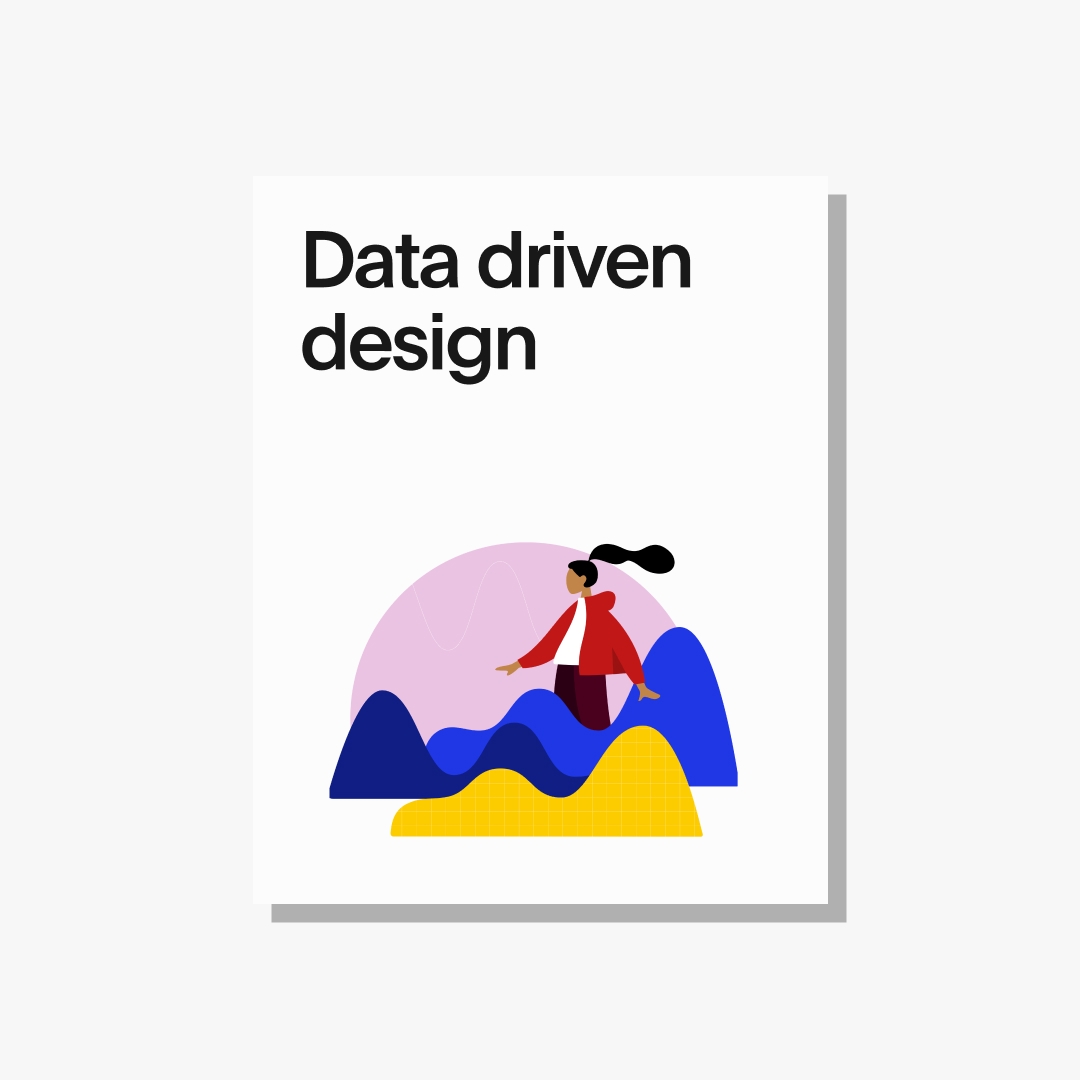
The Water Management Information System (WMIS) is the central repository for waterway and groundwater data in Victoria. It is open-source, free and available 24/7. The water monitoring and data team we worked with at DELWP is responsible for updating and maintaining Victoria’s central repository for all groundwater, surface water and water quality data and information. Hundreds of Victorian public and private sector organisations rely on WMIS data as a source of truth, feeding into their systems and refining their analytics, modelling, forecasting and reporting. Some interstate organisations, such as the Murray Darling Basin Authority and Bureau of Meteorology use WMIS data as a primary data source to undertake forecasting, data analysis and reporting.
The WMIS site is being updated with a redesign and undergoes a major upgrade roughly every 10 years using the Kisters water platform (Hydstra and Hydrotel software) to power it. However, waterway and groundwater data analysis techniques and user needs change more frequently than once a decade and this strain is felt in the current website. WMIS had new functionality built onto it, rather than embedded through a continuous improvement design and development process.
This is where Portable stepped in to help. We collaborated with the DELWP team to unpack user needs, generate insights from engagement with stakeholders and end-users of the WMIS website and create user-driven business and technical requirements, suitable for the broad spectrum of users who rely on WMIS data.
The resulting artefacts balance human-centered desirability with technical feasibility and organisational needs. Generating business and technical requirements from our user research has helped us and the DELWP team hear what users want from the updated system and translate user desires into business and technical requirements for future development.
Approach
We used a technology-based and human-centred design approach to understand the needs of our different user groups.
Kick-off
We began this project with a kick-off phase to establish the following learning goals:
- identify, understand and prioritise the user needs of the WMIS website
- understand what users like/dislike about the current WMIS website and document what they would like to see changed or remain
- express users of WMIS as groups, highlighting interdependencies and identify shared and unique user needs
- understand how users would like to search for data, to see data displayed in the WMIS website and how they would like to download and use WMIS data
Design research plan
We created a design research plan to unpack where we could explore our learning goals through different co-design activities. We launched a survey, ran interviews with experts representing a variety of different WMIS users and facilitated three workshops with each of our main user groups (surface water, groundwater and water quality). The DELWP team collaborated throughout each phase in our research plan and provided guidance and framing that enriched our research and helped create a great experience for everyone involved.
User insights
Initially we split the data into three categories; Groundwater, Water quality and Surface water reflecting the three user groups that typically use WMIS. However, our user research revealed that user groups overlap and the categories are often shared. This deepened cracks in the website’s usability and created a perceived preference for one data category over another. So we pivoted to taking a more holistic approach to our research. We started to think about equitable access to data and information, how that might be represented visually and how users might explore data by combining two or more of the data categories. We played back these observations with our workshop participants and included their responses in our user need statements.
Users in our interviews and workshops shared that they don’t want to lose the amenability of WMIS, that it is a trusted source of data and information. However, they did share that it has many functional issues and could be rebuilt to be more user friendly and modern.
Market scan
In a market scan we reviewed the common and standout features of similar portals, helping us to articulate the requirements in the deep technical space of hydrology.
Synthesis
Launching into synthesis, we unpacked our research data to understand our audience spectrum, user insights and user need statements. These formed the backbone of our User Needs Report which in turn guided our technical research and the subsequent business recommendations and technical requirements.

Identifying technical requirements
Following the primary objectives of the project, we produced a Business Requirements Document (BRD) that reflected the user research, directly translating user needs identified in surveys, interviews and workshops into technical requirements. The resulting document presented 334 functional and nonfunctional requirements across 10 categories.
Design concepts
The final stage of this project was to visually describe what our user needs might look like in a desirable future state. We collaborated with the DELWP team to bring together the user need statements and prioritise which ones would be interpreted into hi-fidelity screens, expressed through a future state journey map. Our objective was to explore an ideal future state experience, from the perspective of a WMIS user who is not a data scientist but does have an interest in Victorian waterways. We were able to bring our user needs to life and describe a journey that felt real and showcased how WMIS can be made to be modern, accessible and easy to understand and navigate platform.
Outcomes
- The insights, technical recommendations and visual assets we provided DELWP will help support the creation of a staff and user experience that is easy to use, modern and continues to position WMIS as the primary and trusted source of waterway and groundwater data throughout Victoria.
- Collaborating with the Kisters platform development team, DELWP will be able to use the User Needs Report and Business Requirements Document to fuel their development of the re-envisioned future WMIS website and platform.
- Updating WMIS is a huge undertaking – it not only requires the redesign and development of the website, but care and consideration for the Kisters platform that sits underneath it and how to balance what is technically feasible with desirable features that WMIS users want and need. The project team at DELWP understand the importance of this balance and will use the User Needs Report and research outcomes to advocate for the user when design and development begin.
Download our report on Data driven design
